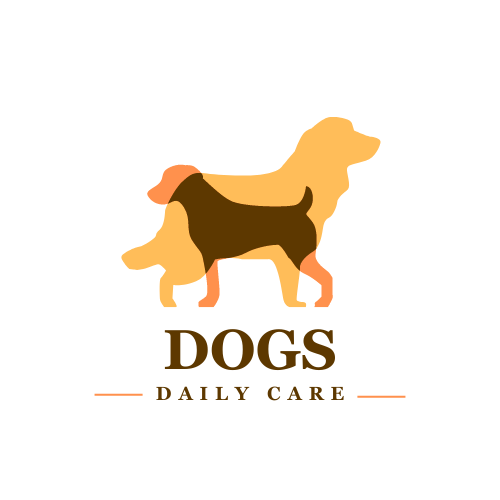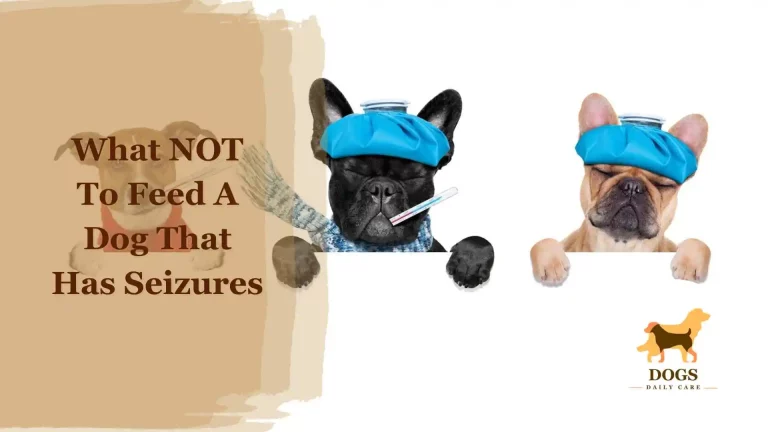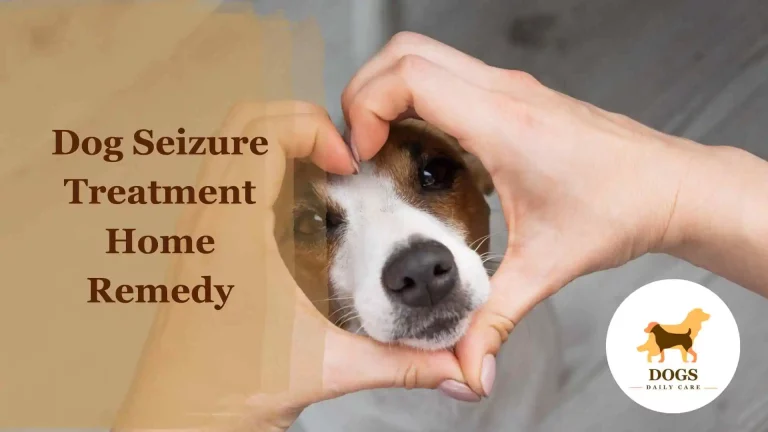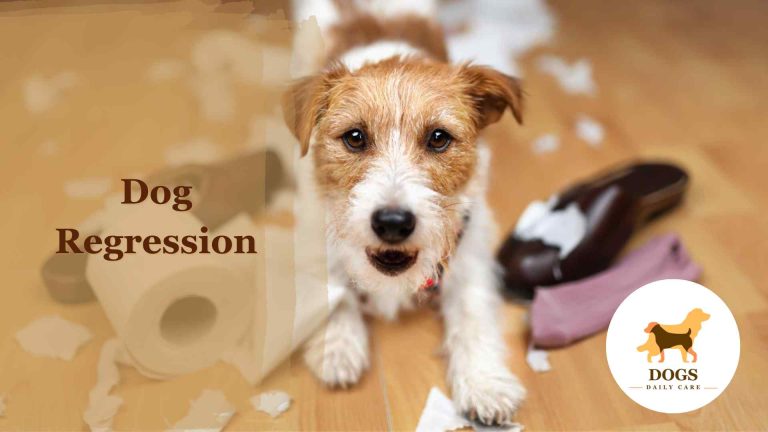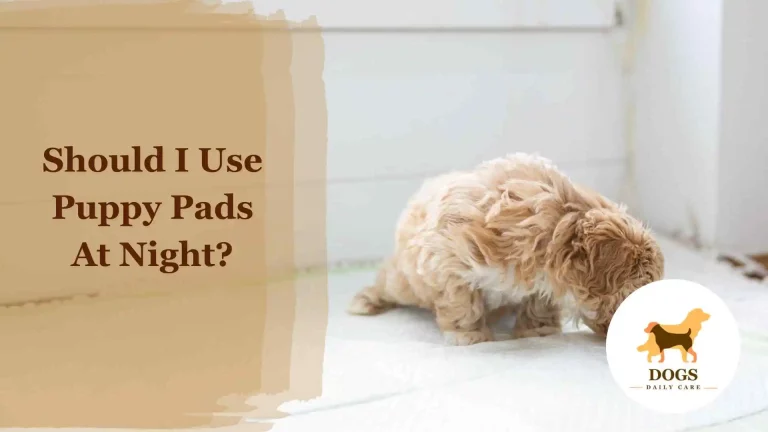How To Treat Dog Hives At Home? – All You Need To Know
Discovering hives on your beloved canine companion can be a worrying experience. Hives, also known as urticaria, manifest as swollen, red bumps on the skin and are often a reaction to allergens. While they can look alarming, it’s important to know that dog hives are generally treatable at home. Common triggers include insect bites, medications, or certain foods, but identifying the exact cause can be tricky. This post is designed to guide you through the process of safely treating your dog’s hives at home, easing their discomfort quickly and effectively.
In the following sections, we’ll delve into how to identify hives, understand their causes, and discuss various at-home treatments. Remember, while mild cases of hives can often be managed comfortably at home, it’s crucial to consult a veterinarian if your dog’s symptoms are severe or persistent. Our goal is to arm you with knowledge and practical tips to ensure your furry friend’s health and happiness.
Identifying Dog Hives
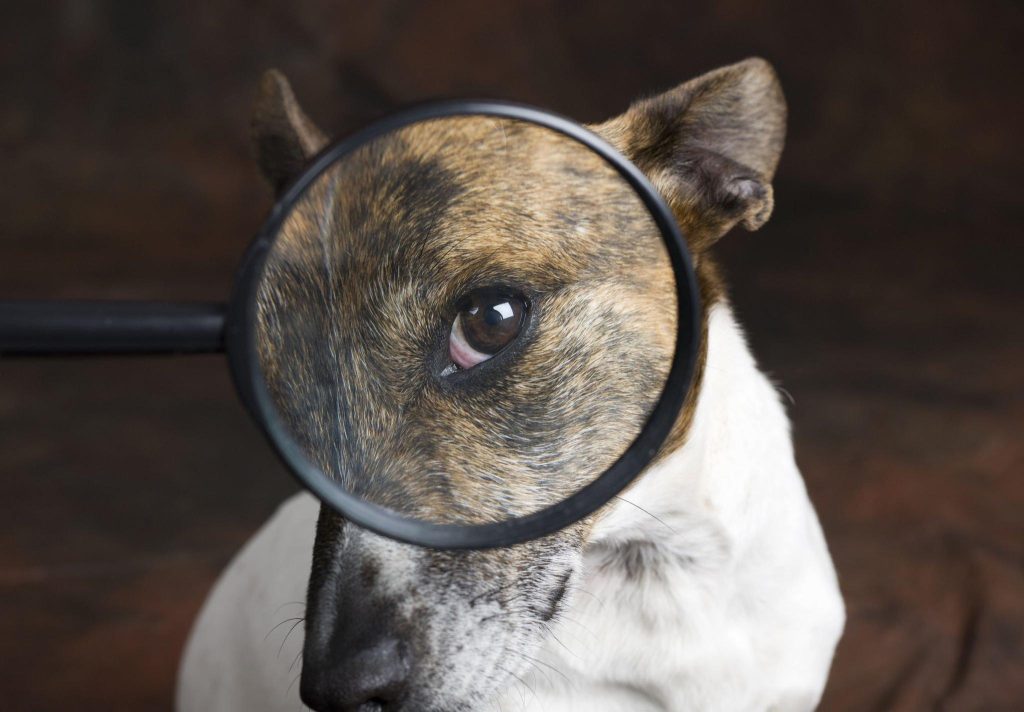
Noticing unusual bumps on your dog’s skin? These might be hives. Hives in dogs appear as round, raised areas that are often red. They can pop up anywhere on your dog’s body. Unlike regular bumps, hives are usually quite itchy. Your dog might scratch, bite, or lick these areas. Watch out for signs like excessive scratching or discomfort.
It’s also important to observe any changes in your dog’s behavior or appetite. These could be additional clues. Remember, while hives themselves are not dangerous, they indicate your dog is reacting to something. This could be a new food, a bug bite, or even a medication. If hives persist or if you notice swelling around the face or difficulty breathing, contact your vet immediately. These could be signs of a more serious reaction.
Common Causes of Dog Hives
Hives in dogs can be caused by a variety of factors. Knowing these can help you protect your furry friend. The first common cause is allergic reactions. Just like people, dogs can have allergies. These can be triggered by certain foods, pollen, or even household products. If your dog eats something new or is exposed to a different environment and then develops hives, allergies might be the culprit.
Another cause is insect bites or stings. Bees, wasps, and even some ants can leave a sting that irritates your dog’s skin, leading to hives. These are usually seen soon after the bite or sting occurs.
Chemical irritants are also a concern. Household cleaners, soaps, or even some types of dog shampoo can cause an allergic reaction in sensitive dogs. If you’ve recently cleaned your home or bathed your dog with a new product, this could be the cause.
Finally, medications can sometimes lead to hives. If your dog is on medication and develops hives, it’s important to consult your vet. It could be a reaction to the medicine.
Remember, while hives are not typically dangerous, understanding their cause is key to preventing future occurrences and keeping your dog comfortable.
First Aid for Dog Hives
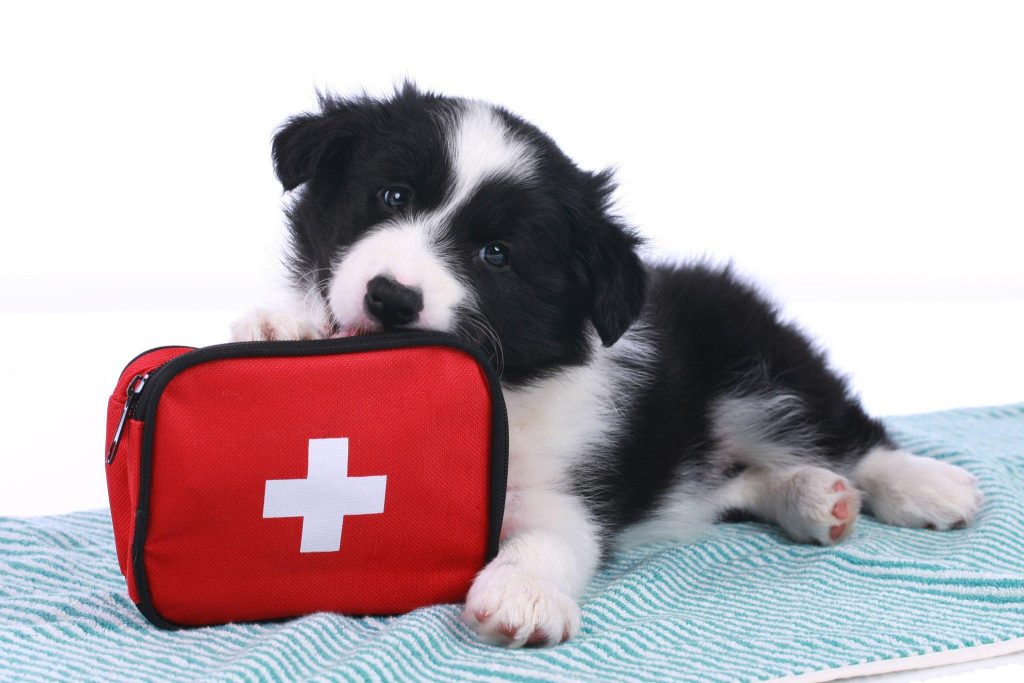
When your dog develops hives, quick action can ease their discomfort. The first step is to remove the allergen. If you suspect something specific, like a new food or plant, keep it away from your dog. Next, a cool bath can provide immediate relief. Use mild, hypoallergenic dog shampoo or just plain water. This helps soothe the skin and wash away irritants.
Another simple remedy is an oatmeal bath. Oatmeal is known for its natural soothing properties. Just blend plain oatmeal into a fine powder and mix it into lukewarm bath water. Let your dog soak for about 10 minutes. This can calm the itching and reduce swelling.
If the hives are localized, applying a cool compress to the affected area can also help. Use a clean cloth soaked in cool water and gently press it against the hives. This method is especially useful if your dog doesn’t tolerate baths well.
Lastly, over-the-counter antihistamines like Benadryl can be effective. But, it’s crucial to consult your vet for the right dosage before giving any medication to your dog.
Remember, these are immediate steps to comfort your dog. If hives persist or worsen, visiting a vet is essential.
Long-Term Management and Prevention
Managing and preventing dog hives in the long term starts with understanding your dog’s allergies. If certain foods cause reactions, avoiding these foods is key. A diet tailored to your dog’s needs can make a big difference. Regularly consult with your vet to ensure your dog’s diet is both nutritious and safe.
Environmental control is another important aspect. Reduce exposure to known allergens like certain plants, household chemicals, or perfumes. Keeping your home clean and using hypoallergenic bedding for your dog can help minimize allergic reactions.
Regular grooming also plays a crucial role. Regular baths with a gentle, hypoallergenic shampoo can remove potential irritants from your dog’s coat and skin. Brushing your dog’s fur not only keeps it clean but also helps in spotting any skin issues early.
Lastly, strengthening your dog’s immune system is beneficial. This can be achieved through a balanced diet, regular exercise, and possibly supplements, as recommended by your vet. A strong immune system can better handle potential allergens and reduce the frequency of hive outbreaks.
Implementing these steps can greatly reduce the chances of your dog developing hives. However, always be prepared to adjust your approach as you learn more about what works best for your dog.
When to Consult a Veterinarian
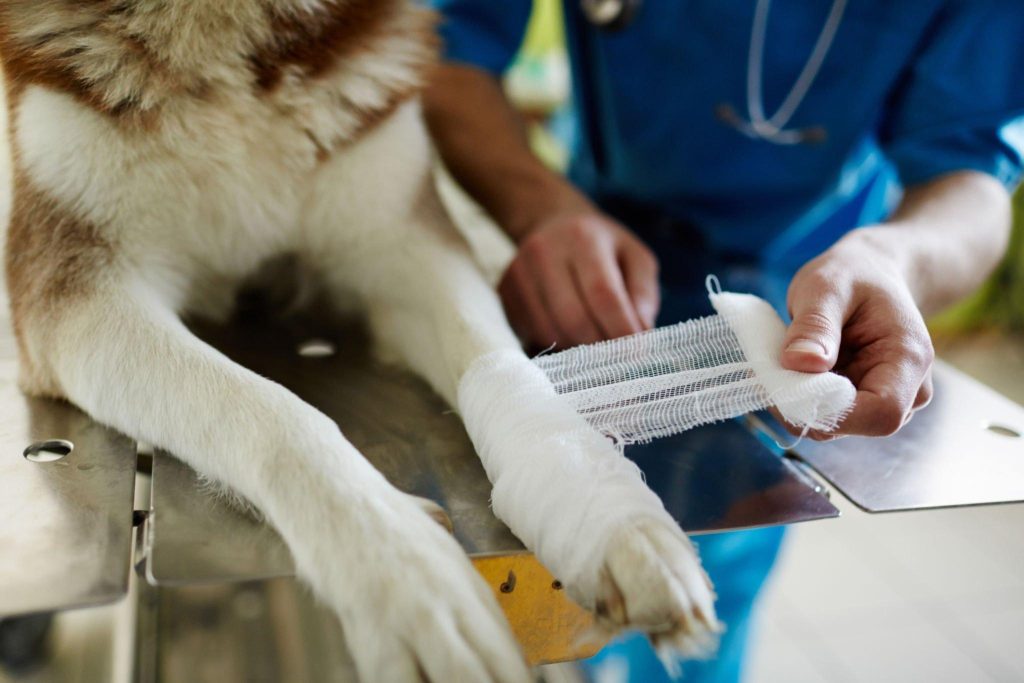
Knowing when to seek professional help is crucial in caring for a dog with hives. If hives cover a large part of the body or if your dog seems very uncomfortable, it’s time to call the vet. These could be signs of a severe allergic reaction. Also, if hives keep coming back, a vet can help figure out the underlying cause and provide a long-term solution.
Be especially alert for symptoms like difficulty breathing, swelling around the face or eyes, or if your dog seems lethargic. These are signs of a more serious condition, possibly even anaphylactic shock, which requires immediate veterinary attention.
A vet visit is also advised if over-the-counter remedies aren’t helping. Your vet can prescribe stronger medications or suggest other treatments. They might also recommend allergy testing to pinpoint specific allergens.
Remember, your vet is your partner in your dog’s health. Don’t hesitate to seek their advice, especially if you’re unsure or if your dog’s condition doesn’t improve.
Frequently Asked Questions (FAQs)
1. What are the first signs of hives in dogs?
First signs include red, raised bumps on the skin that are often itchy. Your dog might scratch or lick these areas more than usual. Watch for changes in behavior like restlessness or discomfort.
2. Can dog hives go away on their own?
Yes, dog hives can sometimes resolve without treatment. However, it’s important to monitor your dog and provide relief. If hives persist or if other symptoms appear, consult a vet.
3. Are there any home remedies for dog hives?
Absolutely! Cool baths, oatmeal baths, and applying cool compresses can provide immediate relief. Over-the-counter antihistamines might help, but always check with your vet for the correct dosage.
4. How can I prevent hives from recurring in my dog?
Preventing hives involves avoiding known allergens, regular grooming, and maintaining a healthy diet for your dog. If you’re unsure what triggers the hives, consider consulting your vet for allergy testing.
5. When should I worry about dog hives?
Seek veterinary care if hives cover a large area of the body, if your dog is extremely uncomfortable, or if you notice symptoms like facial swelling or difficulty breathing. Persistent or recurrent hives should also be evaluated by a vet.
Conclusion
In summary, treating dog hives at home involves identifying the symptoms early, applying simple first aid remedies, and understanding when to seek professional help. We’ve covered various aspects, from initial signs to effective home treatments and long-term prevention strategies. Remember, while hives are common and often not serious, being attentive to your dog’s needs and reactions is key to their well-being. Regular grooming, a clean environment, and a proper diet play significant roles in preventing hives and ensuring your dog’s overall health.
Finally, always keep an eye out for symptoms that warrant a visit to the vet. Your dog’s health and comfort are paramount, and while many cases of hives can be managed at home, professional advice is invaluable in ensuring the best care for your furry friend. Stay informed, stay observant, and here’s to the health and happiness of your beloved canine!
